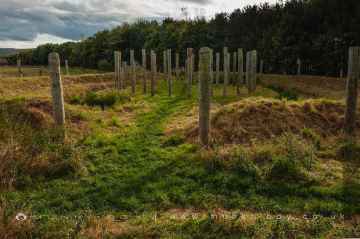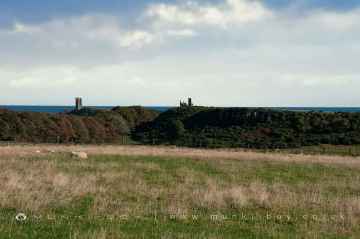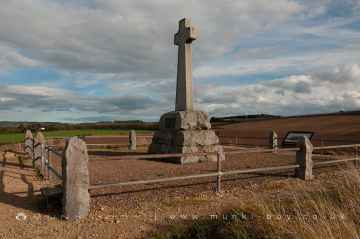Morpeth
Morpeth is a Town in the county of Northumberland.
There are great places to visit near Morpeth including some great villages, ancient sites, beaches, hiking areas, geological features, castles, ruins, islands, towns, roman sites and historic monuments.
Milfield, Craster, and Bamburgh are great places to visit near Morpeth if you like villages.
Ancient Sites to visit near Morpeth include Milfield North Henge.
Beaches to visit near Morpeth include Embleton Bay, and Bamburgh Beach.
Hiking Areas to visit near Morpeth include Dunstanburgh, Sycamore Gap, and Hadrian's Wall near Hexham.
The area around Morpeth boasts some of the best geological features including Gull Crag and the Rumble Churn, Greymare Rock, and Sycamore Gap.
Morpeth is near some unmissable castles like Dunstanburgh Castle,
The area around Morpeth features a number of interesting ruins including Dunstanburgh Castle, WWII Sandbag Pillbox, and Old Limekiln at Dunstanburgh.
Don't miss Farne Islands's islands if visiting the area around Morpeth.
Hexham, and Berwick-upon-Tweed are great places to visit near Morpeth if you like towns.
Morpeth has some unmissable roman sites nearby like Hadrian's Wall near Hexham, and Chesters Roman Fort.
Historic Monuments to visit near Morpeth include Flodden.
Morpeth History
There are some historic monuments around Morpeth:
Places to see near Morpeth
History of Morpeth
The town was badly damaged by fire set by the barons in 1215 during the First Barons’ War, in an attempt to block the military operations of King John. The motte-and-bailey castle was burnt down by King John in 1216. Morpeth Castle was built later in the 13th century by Ranulph de Merlay, to the south of Haw Hill. Also in the 13th century, a stone bridge was built over the Wansbeck in Morpeth, to the west of the current bridge, replacing the ford previously in use in Morpeth. For some months in 1515-16, Margaret Tudor (Henry VIII’s sister) who was the Queen Consort of Scotland (James IV’s widow), had laid ill in Morpeth Castle, having been brought there from Harbottle Castle. The only remains of the castle are the gatehouse, which was restored by the Landmark Trust, and parts of the ruined castle walls. In 1540, Morpeth was described by the royal antiquary John Leland as “long and metely well-builded, with low houses” and “a far fairer town than Alnwick”. During the 1543-51 war of the Rough Wooing, Morpeth was occupied by a garrison of Italian mercenaries, who “pestered such a little street standing in the highway” by killing deer and withholding payment for food. In 1552, William Hervey, Norroy King of Arms, granted the borough of Morpeth a coat of arms. The arms were the same as those granted to Roger de Merlay, but with the addition of a gold tower. In the letters patent, Hervey noted that he had included the arms of the “noble and valyaunt knyght … for a p’petuall memory of his good will and benevolence towardes the said towne”. Morpeth was a borough by prescription, but received its first charter of confirmation from Charles II. The corporation it created was controlled by seven companies: the Merchant Tailors, the Tanners, the Fullers and Dyers, the Smiths, the Cordwainers, the Weavers and the Butchers. This remained the governing charter until the borough was reformed by the Municipal Corporations Act 1835. During the Second World War, RAF Morpeth, an air-gunnery training school, opened at nearby Tranwell.


























